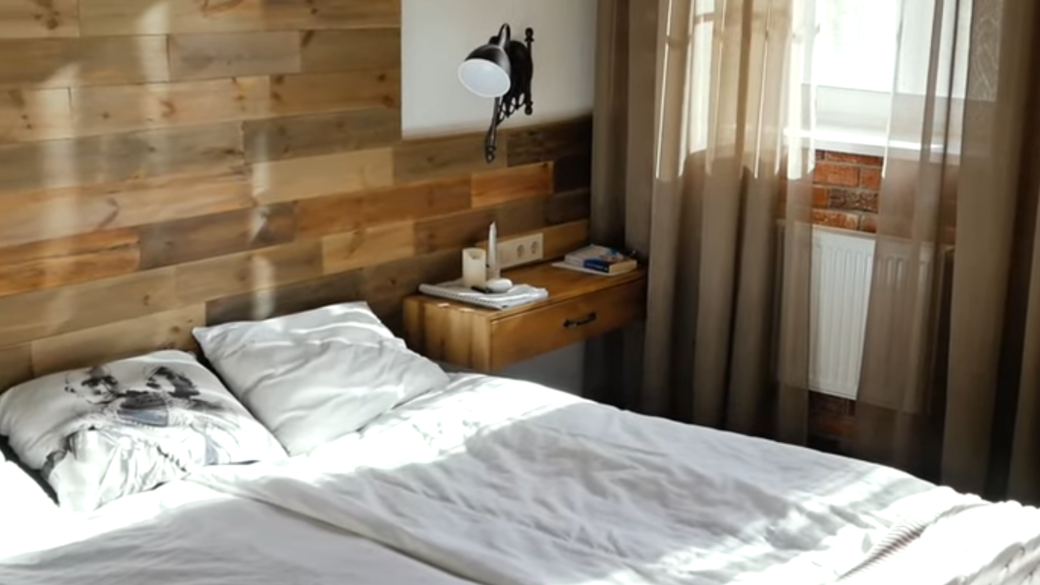The presence of bed bugs can disrupt a peaceful night’s sleep. These tiny, reddish-brown insects are notorious for feasting on human blood and for their pervasive nature. Both tenants and landlords frequently encounter these pests, making it imperative to eliminate them promptly. But how can a landlord prove you brought in bed bugs?
Because of this, it is crucial to know how to identify signs of bed bugs and what action should be taken next. This article aims to guide you in identifying and providing evidence of bed bug infestations within a home.
1. Visual Confirmation
Even though bed bugs are small, they can easily be seen by the naked eye; thereby, visual confirmation of these bugs is possible. A landlord may inspect for signs of bed bugs in terms of live bugs, eggs, molted skins, and fecal stains.
If these signs are evidently found by the landlord in the tenant’s room, whether on the bed or furniture, this could mean that the tenant is responsible for the infestation of these bugs.
One can indeed presume it through visual confirmation; however, you should note that bed bugs are invasive, and they can easily travel from one place to another without you noticing.
What Should I Look For During Visual Confirmation?
When planning for a visual inspection and confirmation, you have to look for the actual live bugs, their eggs, which are light to dark brown in color, molted skins, which are transparent brown in color, and stains from the bug’s feces, which are black in color.
2. Limitations of Visual Confirmation
Knowing that these bugs can easily travel from one place to another, visual confirmation may not be enough to conclude that your tenant is responsible for an infestation. It is possible that these bugs originated from the neighboring unit and not from the tenant’s space.
3. Timeline of Infestation
Bed bug infestations could be noticed and recorded through the timeline of the infestation if they started when the tenant moved in for some time. This could mean the tenant is responsible for bringing bedbugs into the area.
However, if the infestation manifested while the tenant had just relocated, it could mean that the infestation was already in the living space before the tenant moved in.
How Can I Establish a Timeline for the Infestation?
To gather and determine an infestation timeline, landlords need to gather the following information:
- Tenant’s move-in date
- Initial reported location of the infestation
- Prior pest control treatments
- Previous tenant residing in the unit
- Schedule of bed and furniture cleaning
With this information, landlords can better understand the bed bug infestation and identify the responsible party.
Limitations of Establishing a Timeline
Determining the exact timeline of the bed bug infestation may not always yield final results, as these pests are known to inhabit a property for extended periods of time before being detected. The pest invasion may have originated from an adjacent unit and subsequently spread to the tenant’s premises.
3. Testimonies From Neighbors
A landlord may ask for and gather information from the testimonies of neighbors. Since bed bugs are invasive, they can easily infest a neighboring unit. This can help prove the source of the bed bugs and how many rooms they invaded.
How Can I Gather Testimonies From Neighbors?
Speaking to the adjacent neighbors is the best thing for a landlord to do. You can ask if they noticed bedbugs or signs of them, and where the most infected area is. They can help pinpoint who they think is responsible for the infestation,
Limitations of Testimonies From Neighbors
Testimony may be biased sometimes, so it is not conclusive. Bed bugs can easily travel between different units. It is possible that the infestation started in different units and then invaded the tenant’s living space. Neighbors might not also be aware of when the infestation started.
4. Type of Building
How a landlord establishes that a tenant introduced bed bugs to the property depends in part on the type of building the renter occupies. Finding the source of a bed bug infestation in large multi-unit buildings can be exceedingly challenging because the insects can move quickly from one unit to another. This means that it might be challenging to prove a bed bug infestation even if the renter is to blame.
On the other hand, it is more likely that the renter in a detached house that is being rented is to blame for the bed bug infestation. In these circumstances, it’s possible that the tenant brought the pests in on their person through bedding, luggage, or other things.
In these situations, the landlord may find it simpler to demonstrate that the renter is to blame for the infestation because it is less likely that the bugs came from a nearby property.
5. Pest Control Company Reports
A landlord can hire a pest control company to treat the infestation. They make a comprehensive report on the timeline of the infestation, the damage made by the infestation, the source of the infestation, and where the bed bugs are more prevalent. Once the pest control company get rid of your bed bugs, make sure they clean up after themselves, and if they do a good job, tip them appropriately.
How to Use Pest Control Company Reports?
The landlord should study the reports for proof that the bugs originated with the renter in order to use them to show that a tenant brought in bed bugs. Details like the location of the infestation and whether the bugs are more common in the tenant’s living space may be included.
Limitations of Pest Control Company Reports
Bed bugs might move from one unit to another in multi-unit buildings, which may result in inconclusive pest control reports. In addition, the assessments might not provide definitive proof of the origin of the pest invasion.
Conclusion
So how can a landlord prove you brought in bed bugs? determining responsibility for a bed bug infestation can be a complex and challenging task for landlords. While visual confirmation, timeline establishment, testimonies from neighbors, the type of building, and pest control company reports can provide valuable insights, it’s crucial to recognize the limitations of each method.
Bed bugs are invasive creatures that can easily travel between units, making it difficult to pinpoint their origin. Landlords should consider all available information and collaborate with tenants, neighbors, and pest control professionals to address the issue effectively.
Ultimately, the primary goal should be to eliminate the infestation and create a safe, comfortable living environment for all residents. When the beg bugs have been removed, make sure you prevent your home from getting dusty, as this could bring them back!
People Also Read
My Apartment Has Roaches Can I Break My Lease?


